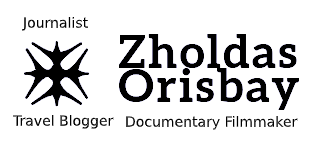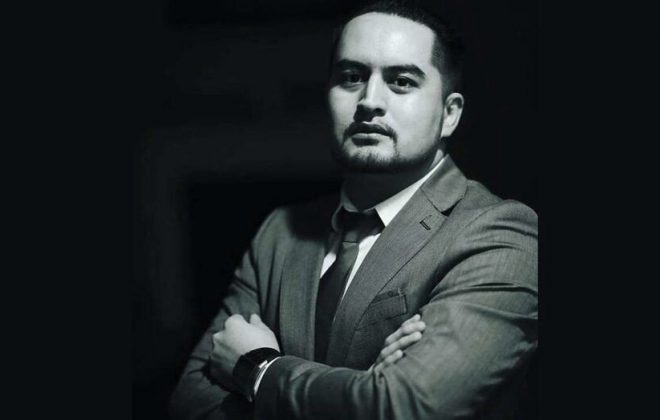Journalists’ Perceptions of Solutions Journalism
Many journalists believe that solutions journalism is an alternative that keeps people in power accountable, but it is also perceived as an approach that violates journalism’s objectivity principle.
Journalists are typically skeptical of alternatives forms of journalism according to research by Matthew Barnidge, a professor of journalism at the University of Wisconsin-Madison.
One controversial philosophy about the function of journalism is whether journalists should engage people with social issues and their communities. Solutions journalism’s roots can be traced to public journalism. Public journalism was a movement in which journalists recruited people to participate in public discussion of community issues. Jay Rosen, a public journalism proponent, explained that it not only sought to reform journalism but it was also where the press-should-go.
Theodore Glasser observed that the majority of newsrooms and journalists isolated themselves from their communities in the 1940s. In other words, a major concern of journalism was that they were losing sight of their social responsibility role.
Public journalism advocated for journalists to rectify that role by placing journalists as guides in identifying the common good. For example, public journalism advocate Davis Merritt argued that reporters have an obligation to assess whether their reporting was improving public life.
Pubic journalism, also known as civic journalism, followed John Dewey’s theory in which he believed that journalists should inform readers how they could get involved with issues of interest to them. He believed that the public ought to have a voice in the news process.
But, according to Merritt, critics of public journalism warned that these alternative approaches threatened to diminish journalism’s credibility pushing journalists to be an advocate for a particular change.
Among those concerned, Leonard Downie from the Washington Post and Max Frankel of The New York Times asserted that journalism must be free-standing and their reporting not to be influenced by people with particular objectives. They argued that asking readers to collaborate with journalists negatively affects the media’s independence to report the news. Merritt categorized the debate around public journalism as “angry dismissiveness” because journalists were not open to understanding in what specific ways public journalism could better journalism.
A long-held belief in journalism is that journalists should be objective in their reporting. The historical principle means journalists should disseminate newsworthy and factual information without individual bias or influence from other people. Journalists often interpret objectivity as presenting fair and balanced information in news content.
Peter Gade’s research found that half of Wichita Eagle’s journalists were not full supporters of public journalism practices, but instead they were more comfortable with mixed practices of public and traditional journalism. Journalists can help people navigate societal problems by informing them of available solutions and engaging them in debates but journalists should avoid attempting to solve problems. Gade found journalists wanted to remain detached.
Journalist’s Perceptions of Solutions Journalism
Much research has been published on the effects of solutions journalism on people, but little research is known about how journalists perceive solutions journalism.
Overall, the little research shows that reactions toward solutions are mixed toward the practice.
Karen McIntyre’s recent survey (n=1318) of American journalists showed that they supported solutions-oriented journalism. After learning about solutions journalism, journalists said that they would prefer to practice solutions journalism followed by restorative narrative and constructive journalism. These results revealed that even though journalists were not familiar with these journalistic genres that they intended to use them after learning about them.
Journalists often feel their job is to simply deliver the news to the public. Yet Peter Parisi, a media studies professor at Hunter College, argued that journalists sometimes forget to ask the question, “What are people doing about it [problem]?”
Interviewed journalists believe that solution-oriented news stories provide a more fair and balanced information landscape. The approach focuses on reporting on both the problems and progress being made to address those problems. The respondents stated that solutions journalism was a type of news that had a more forward-looking perspective that could inspire action.
Kyser Lough and Karen McIntyre, professors of journalism at the University of Georgia and Virginia Commonwealth University respectively, interviewed 14 Solution Journalism Network journalists finding that these journalists classified solutions journalism as a category close to investigative journalism.
The journalists believed that both solutions and investigative journalism were rigorous styles of in-depth journalism. For example, one interviewed freelance reporter stated that investigative reporting acts as a watchdog identifying the societal problems, while solutions journalism acts as a guide dog highlighting potential solutions to these problems.
However, despite the perceived similarities between solutions and investigative journalism, recent research found that only one in four investigative reporting stories mentioned a response according to a study conducted by the University of Oregon researchers Brent Walth, Nicole Smith Dahmen and Kathryn Thier.
This finding is supported by the interview results in the Lough and McIntyre study. One interviewed journalist stated that investigative does not take that extra step to present solutions to the problems investigated by journalists. Solutions journalism was argued to be a final step by adding a sixth W referred to as what’s next in addition to the traditional five W’s of reporting of who, what, where, when, and why that guide journalists during their newsgathering processes.
Solutions journalism encourages journalists to adopt a how mindset regarding investigating how the problem is being solved. The how mindset stimulates journalists to also ask sources questions about possible or existing solutions during their news gathering, which may create a small shift in their news routines and thinking.
Kyser Lough and Karen McIntyre’s research also found that some journalists believed solutions journalism is a form of biased reporting by advocating for a particular solution. Solutions reporters can provide mobilizing information in their stories to inform readers of what they can do to be part of the solution. Some journalists believed this information violated the objectivity principle because their role should not be advocating for a particular solution or change.
Solutions journalists should avoid advocating for specific solutions because it “veers into boosterism or endorsement” or it “means taking a position and this may mean sometimes ignoring the facts or being selective with your narrative” according to a study by Elia Powers and Alex Curry in 2019. In the survey of 50 Solutions Journalism Network members, Powers and Curry found that 83 percent of journalists felt strongly against advocating for a solution.
Solutions journalists have argued that they can be objective while caring about the world. In the McIntyre, Dahmen and Abdenour study, one interviewed freelancer and editor stated that objectivity was important, and without it, that respondent argued one does not have journalism whether it is a solutions story or not.
Organizations can impede journalists’ ability to report on solutions stories if organizational producers and editors feel solutions stories are a form of advocacy. Endorsement by the journalists’ home organization including support of an editor or a supervisor influences whether journalists will report on a story from a solutions frame according to a study on U.S. newspaper journalists conducted by Karen McIntyre, Nicole Smith Dahmen, and Jesse Abdenour. If other members of the newsroom perceive it as advocating for a specific solution, the story will not likely be approved by leadership. It can be challenging for journalists to report in ways that go against professional norms and expectations. Brian Massey, a professor of communication at the University of Utah, stated that individual journalists’ ability to serve the public are constrained by organizational leadership. For example, news organizations’ goals of profiting often means that their reporting must appeal to all people meaning that they cannot advocate for particular actions.
Age can also explain whether journalists support solutions journalism. Younger and female journalists hold more positive views toward solutions journalism, according to the McIntyre, Dahmen and Abdenour’s study. Yet 61 percent of people in newsroom are male and they are an average age of 41, which may also be an obstacle for solutions journalism advocates
Conclusion
The purpose of solutions journalism is to reposition the reporting spotlight on solutions. Skepticism is often journalists’ initial response to alternative forms of journalism, but journalists appear to be more accepting of solutions journalism than past approaches. In the future, research shows that solutions journalism proponents must address perceptions of it being a form of advocacy. Without the newsroom and educational support, the adoption of it may be hindered.
Editor’s Note: This research was made in a group with Alec Reo, a Graduate Student at the School of Journalism at MSU and curated by Serena Miller, a Professor at MSU School of Journalism





